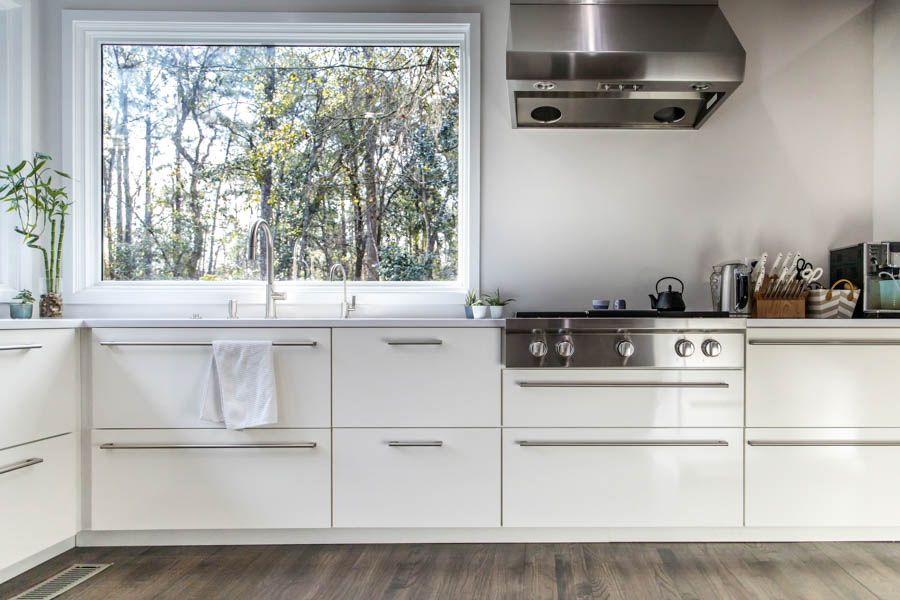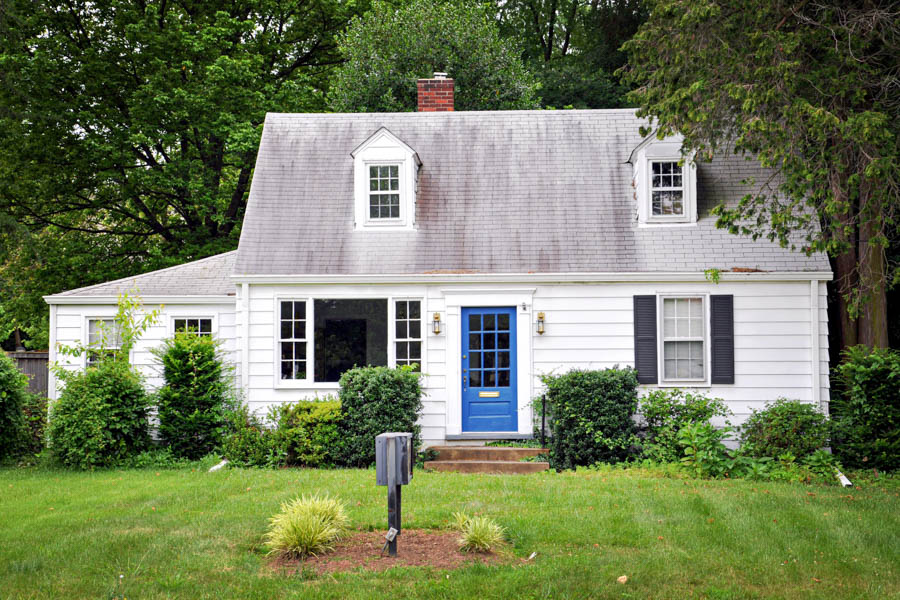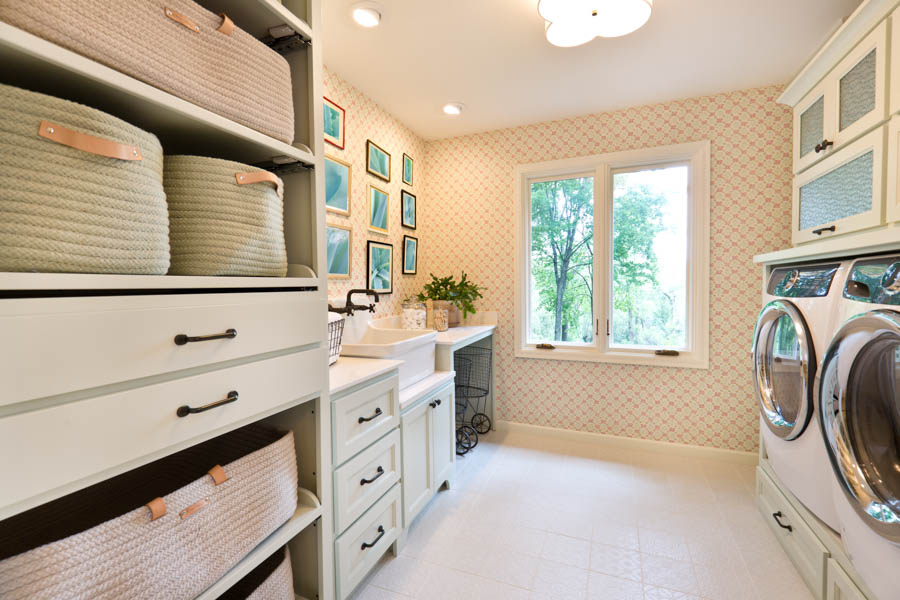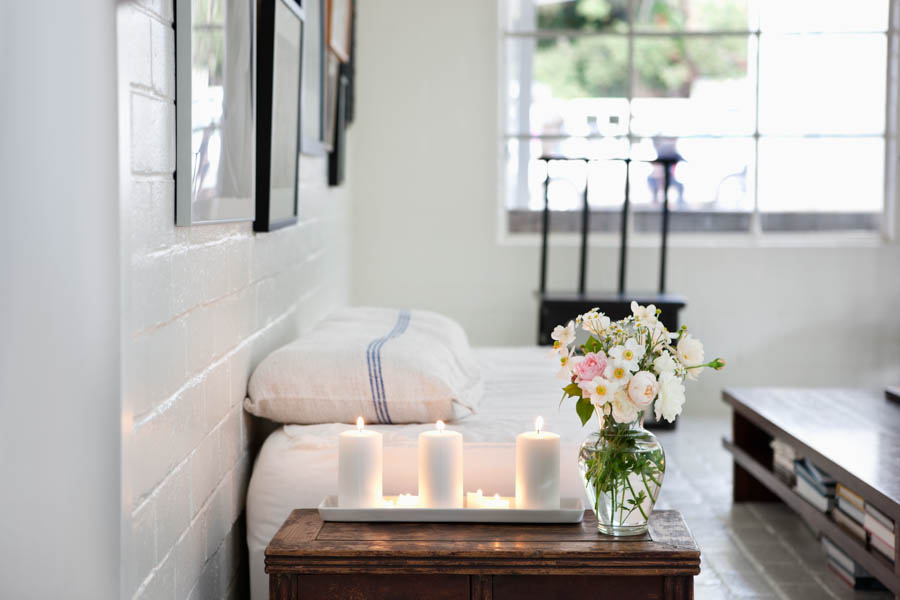- calendar_month August 3, 2023
You’ve saved your listings, and you’ve mapped out your route. Hopefully, you’ll beat the crowds and even enjoy a few light finger foods courtesy of the seller’s agent. But we know free cookies are not the reason why you made these afternoon plans — you, like 44% of buyers last year, are planning to attend open houses, public showings typically held on the first weekend a property goes on the market.
While an open house certainly isn’t critical to the house hunt when you have virtual tools and private tours at your disposal, it can be a helpful research tool. “Opens are a great way to get your feet wet in the home buying process,” Winston Murray, CEO of Works Real Estate in the Pacific Northwest, said.
If you’re not quite ready to buy and are not pre-approved, open houses can be a great chance to get a tangible sense of what kinds of homes are on the market in your desired neighborhoods, which will help you refine your house hunting checklist. If you are ready to buy, an open house can be an opportunity to gauge interest and reactions from other buyers, ask the listing agent questions and get a first or second look at a home in person.
The key to making an open house work for you is knowing what to look for, what questions to ask and how to interpret what you see. One word of advice from Murray: The convenience of open houses gives buyers an opportunity to stop by with or without an agent, “but it helps to bring an agent with you so they know what to be aware of with the property.” And while you can get vital information from an open house, doing a deep dive and peeking into every corner or closet is also important. In order to make this happen, plan on scheduling a 1:1 private tour of the home with your agent.
Here’s what you should be looking for in order to maximize your open house experience.
1. The hard-to-change qualities

When you’re approaching an open house experience, make sure to walk around the areas of the house you’d use the most, says Michael Hills, Vice President of Brokerage at Atlas Real Estate.
For example, walk from the garage to the kitchen to the master bedroom and try to imagine how it would feel to do it daily. Your agent can help you determine whether the layout actually works for how you live or if there’s a house type in the area that would be a better fit, he says.
Of course, furniture and paint colors are a few of the first things most people notice when they’re touring a home, but don’t let these decorative elements lead your decision-making. “Staging works and for that reason it can be a distraction if you don’t know what to look out for,” said Murray. Instead, make an effort to pay attention to the elements of a home that are hard to change or that you can’t easily detect from listing photos, like the view from the kitchen window or which rooms get natural light. Plus, you’ll thank yourself later for doing a quick check under the beds or a peek under a strategically placed rug to see the condition of the floors.
2. Issues that could break your budget

While a home inspection is key to learning about potentially costly problems with a home, there are ways to detect red flags during your in-person visit. Plus, seeing an issue once in a home can help you learn what to look out for in similar home types. Here are some complications to keep in mind:
Cracked foundation
Sometimes there’s a giant crack in a wall that tells the world that the house you’re looking at has a giant problem — a crack in its foundation. Usually, though, signs of structural trouble are more subtle. A damaged foundation can show up as misaligned doors and windows, a tiny crack in the ceiling, doors that stick, floors that slope or gaps between base molding and floor surfaces. Sometimes, a sticky door means an older house has settled. Other times, it means big repairs are ahead.
Damaged or aging roof
When you arrive at the open house, look up. Literally. If the roof’s shingles look battered and faded, they may be failing, which sets up the home for leaks. Ask the listing agent how old the roof is, when it was last replaced and why it was replaced.
Worn windows
While this might not be the first thing you think of, try to take a peek at the windows and the house and see if they’re in good condition. Oftentimes, that means taking a look behind the curtains in every room, Murray says.
Leaky pipes
Open the cabinet doors and look at the pipes under the sinks, with a specific eye for signs of rust or leaks. Check out the pipes running in the basement. The condition of the pipes you can see gives you an idea about the pipes you can’t.
Water damage
Look for areas of discoloration on walls, ceilings, baseboards and floors – this may be a sign of an old water leak. “Imagine the space without art on the walls,” Murray said. Make a note if you see yellow, brown or gray spots or lines on sheetrock walls or wood floors. Don’t be afraid to touch the discolored areas to see if they are wet. Musty smells can signify that water has made its way into a house via leaking pipes or the roof. If the house has a basement, pay close attention to the floors and walls down there. Water damage can lead to mold or mildew, which is bad for your health. Water damage can also ultimately cause structural damage to the house.
The condition of the home’s main systems
Although it might not be intuitive, try to focus on the main systems in the home — the furnace, electric panel, water heater, waterline, gas-line, roof and foundation — and try to assess their condition and age, Murray said. You don’t want to move into a house only to deal with constant issues down the line.
3. Storage space that fits your lifestyle

Storage space is very important when it comes to how your home functions for you. Does the house have enough storage space for you and all of your belongings? Older houses tend to have fewer, smaller closets, less pantry space and less storage space overall. (People just didn’t have as much stuff in the old days.) Kitchen storage is important, especially if you’re living with several people.
Make sure the house you’re touring has enough room for all your gear so you don’t end up living in a sea of clutter. How big is the linen closet? The bedroom closets? The outdoor storage areas? You might find that a 5,000-square-foot house built in 1952 comes with far less storage space than a 2,500-square-foot house that was built in 2022.
4. Candles or air freshener

When open houses come with the sweet scent of air freshener, incense sticks or household cleaner, beware. These scents might be wafting through the air to mask bad smells that come from pet-stained carpet, mold or mildew. Look closely at the rugs, walls, ceilings and floors. Is there something stinky lurking beneath that artificial lemon-fresh scent? Approach nice smells with skepticism.
5. What’s happening in the neighborhood

When you buy a house, you’re also “buying” the street and the people who live in the neighborhood. Can you picture yourself walking your dog around the block? Are there tree-shaded sidewalks, and a coffee shop with killer espresso within walking distance? Do the neighbors have lovely flowers? If you’re a parent, are there kids the same age as yours playing in the area? If you’re serious about the house, make sure you stroll around the neighborhood and soak it all in. Talk to the people you see outside. Knock on a door or two, and ask your potential neighbors about how they like living there, what the neighborhood is like and if there is anything they wish they had known before they moved in.
6. Interest in the home
While open houses are ultimately about you and what you’re looking for, they also open up an opportunity to see how many other people are checking out the house, Hills says. A busy open house could mean that a house could have a lot of offers, and thus competition. You can sometimes find out from the listing agent whether the house you’re interested in already has offers, and work with your agent to determine the best next steps in order to ensure your offer is attractive to the seller.
7. A seller’s disclosure

In most states, agents are required to disclose all known problems with a house, especially if they involve code or structural violations. Not all states require this, so be sure you get a home inspection before you make the big move and buy. Ask the listing agent (usually the agent hosting the open house) to show you the seller’s disclosure, which lists all the issues the current owner knows about.
If you feel good about the house, you can also use this as an opportunity to ask the listing agent questions, such as:
- Have there been any price changes? The listing agent can tell you if there have been price changes to the house since it hit the market. This info can help you uncover if the seller is flexible and indicates they might be open to dropping their price further if you make an offer.
- How long has the house been on the market? You can find this out for yourself on the MLS. But ask the listing agent so you can get more information aside from just the length of time the house has been on the market with no buyers. If the house just hit the market, the listing agent may tell you there’s been a slew of interest already, which tells you that you better act fast if you love the house. If the listing agent says the house has been on the market for many weeks, ask them why it hasn’t sold yet. The answer can give you leverage if you’re interested in making an offer.
Ultimately, during your open house visit, “keep in mind most homes need some work,” Murray says. “When you move in you get to make it your own, that’s part of the fun. All of these things above can be addressed; it just comes down to identifying costs for repair items based on priority. Likely it’s something you don’t have to do now, but can do over time. A good agent will not only teach you how to be a successful home buyer, but a great homeowner as well.”
Open house checklist
Now that we’ve gone through the ins and outs of open houses, here are the top things to look for during your next visit, at a glance.
- Focus on the bones of the home. Try not to get distracted or awed by the furnishings or annoyed by paint colors in the rooms.
- Check the foundation. Pay attention to long cracks in walls, doors and windows that don’t align properly, doors that stick and floors that slope or gap at the baseboards.
- Look at the roof. If the shingles on the roof are battered or faded, it may be time for a replacement.
- Peek at the exposed pipes. Look at the pipes under sink cabinets or those you can see in the basement. Are there any leaks? Is anything rusted? What you can see may give you insight into the things you can’t see.
- Check out the closet space. Older homes often have less closet space than more modern homes. Before you sign on the dotted line, make sure you have enough space to stash your stuff.
- Give the house the sniff test. While scent is often used to make a house feel more inviting, scents can be used to mask odors that are caused by pets, mold or mildew.
- Look at the neighborhood. Do you see yourself taking walks in the evening around the block? Are there kids similar in age to yours? Take a walk around the block and chat with some neighbors; ask them why they enjoy living there.
- Look for water damage and leaks. Tell-tale signs of water damage and leaks include discoloration on walls or ceilings or a musty smell in the home.
- Ask questions about the house. How long has the house been on the market? Has the price changed? Are there any problems the seller is aware of?
